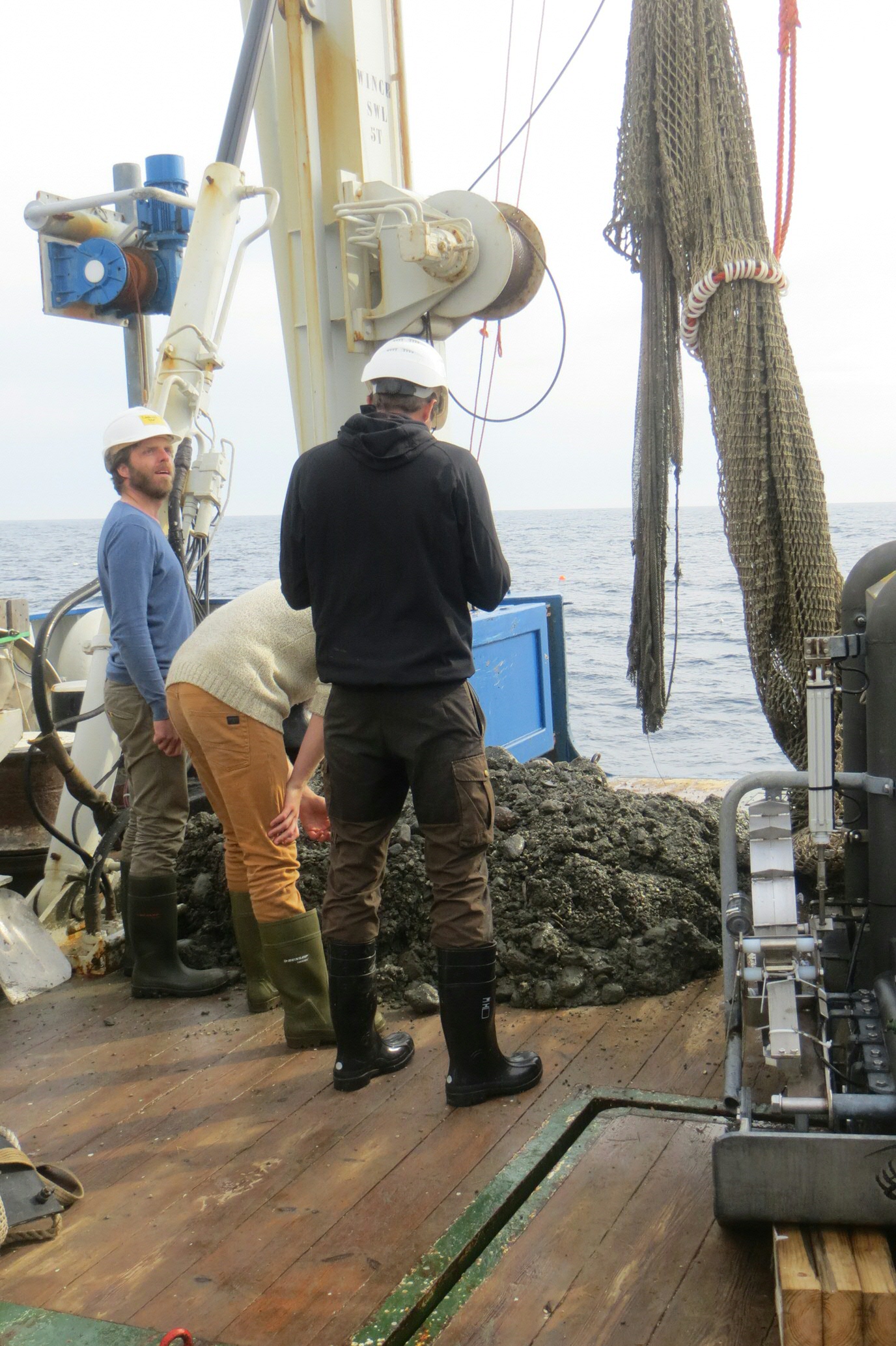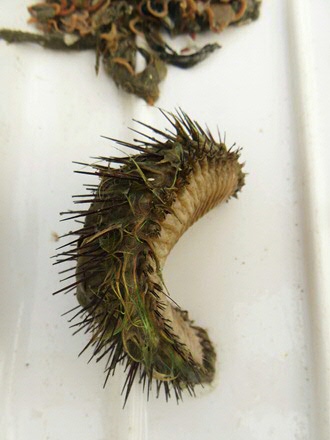Walvis in ons plankton-netje
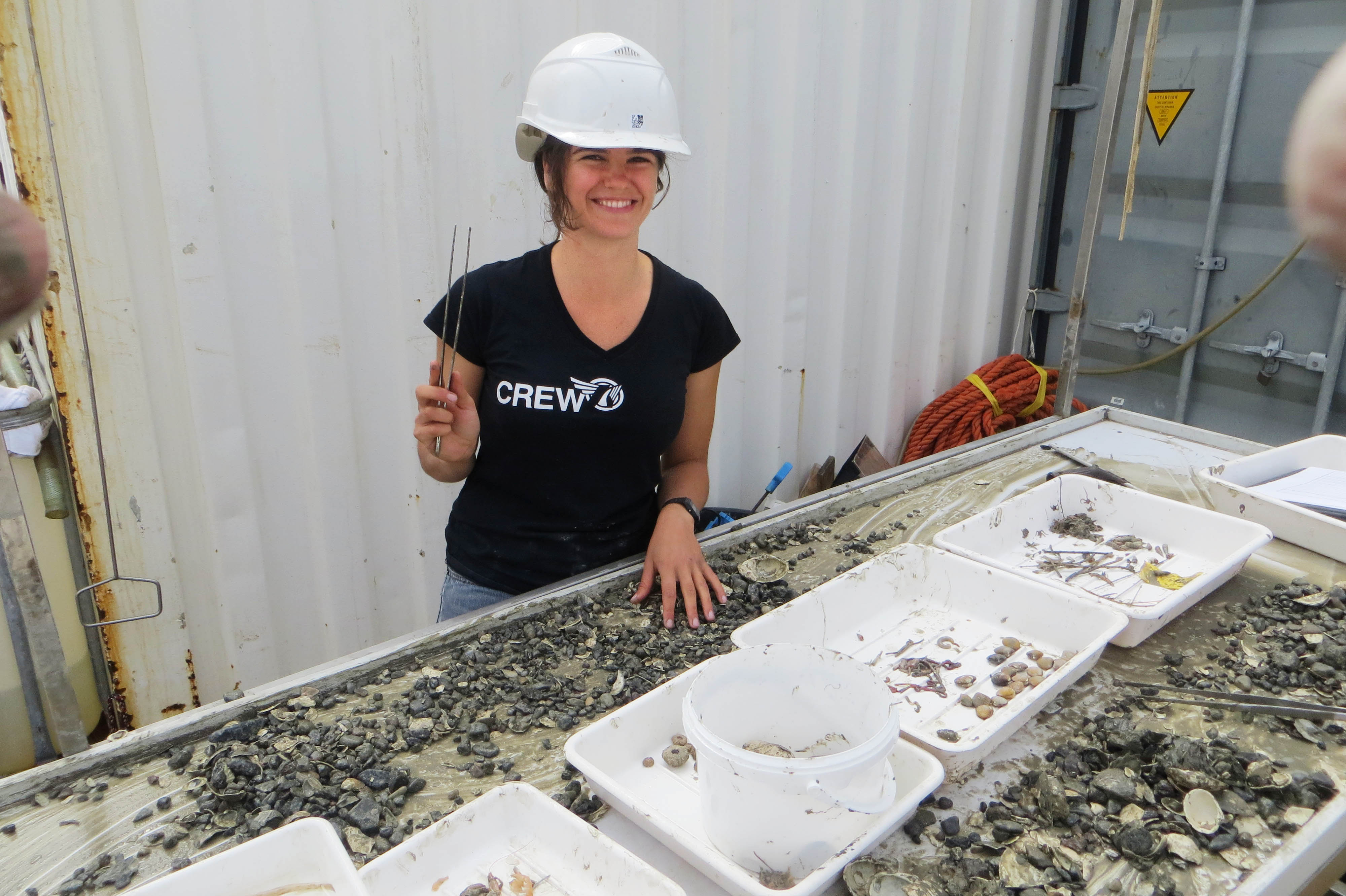
Op onderzoeksschip de Pelagia helpt biologiestudente Nina Fieten levende schatten op te delven uit de bodem van de Noordzee. In de modder op het dek vindt zij 400-jarige Noordkrompen, inktspuitende ‘zeemuizen’ en nog veel meer. De tocht over de Nederlandse wateren is de 10e etappe van de NICO-expeditie. Al is de verbinding met de wal niet best, toch slaagde Fieten erin haar verhaal en foto’s naar de RUG te sturen.
Tekst Nina Fieten
“Oh God, be good to me. Thy sea is so wide and my ship is so small” luidt het tegeltje in de eetzaal. Inmiddels begin ik het te begrijpen. Daar varen we dan, alleen zichtbaar als klein stipje op de monitor midden op de Noordzee zonder enig land in zicht, om een stukje meer te weten te komen over de wonderlijke wijde wereld onder het zee-oppervlak. Een half jaar geleden had ik het niet voor mogelijk gehouden dat ik tijdens mijn master mariene biologie als student mee zou varen op het onderzoeksschip de Pelagia als onderdeel van de NICO-expeditie (Netherlands Initiative Changing Oceans). Al van kinds af aan ben ik gefascineerd door alles wat leeft onder water. De vakantiedagen waren gevuld met mini schelpjes zoeken op het strand van Ameland, beestjes vissen uit de kleine ‘binnenzee’ die met eb ontstond en mezelf verwonderen over de hoeveelheid pootjes van een garnaal. Nu, 20 jaar later, mag ik deel uitmaken van het echte werk.
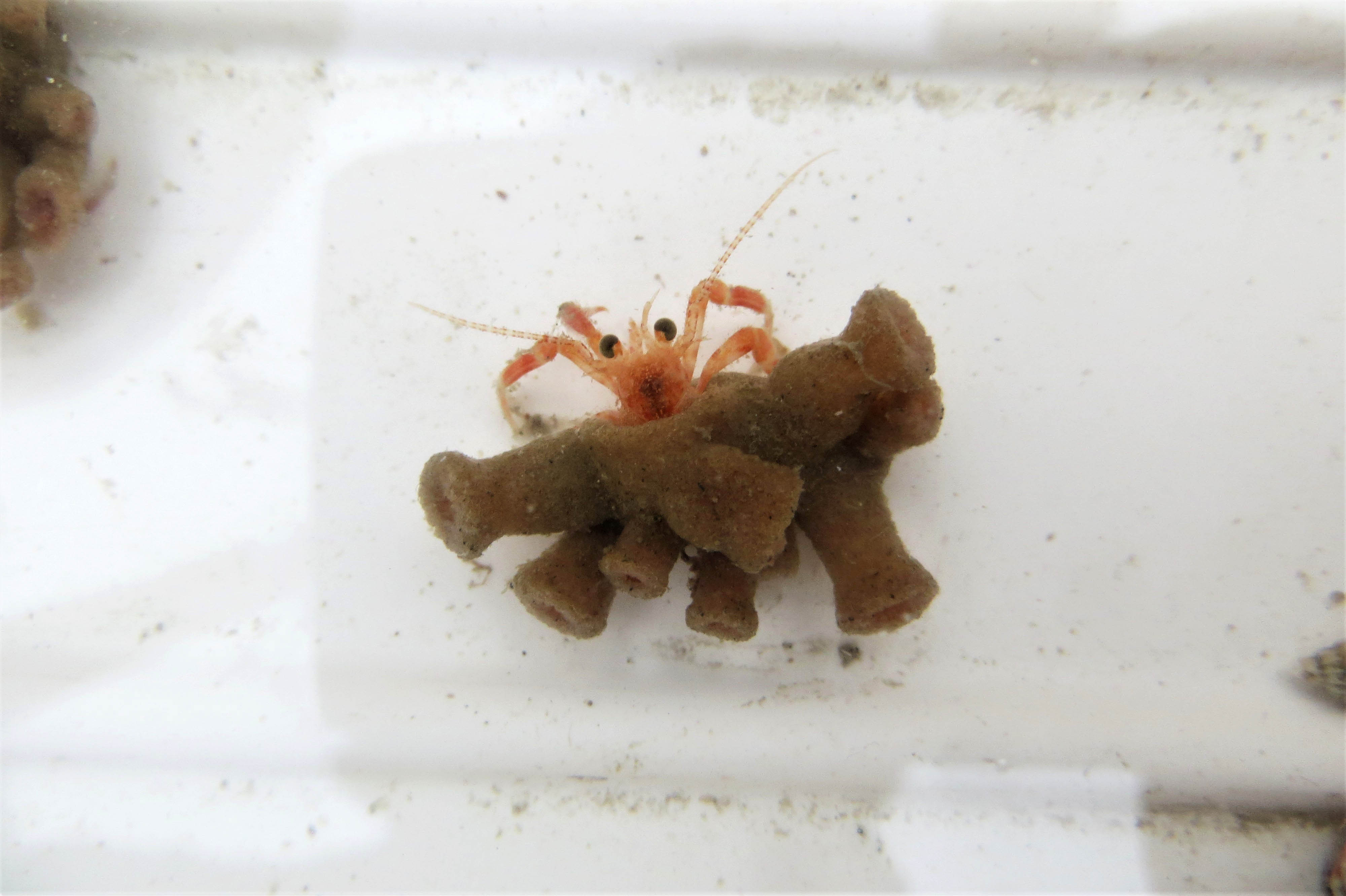
Donderdag 24 mei zijn we vertrokken vanaf Texel samen een groep onderzoekers van het NIOZ en Naturalis Biodiversity Center vergezeld door een stralend zonnetje en strakblauwe lucht. Samen met mijn medestudent Sterre ben ik tijdens de reis verantwoordelijk voor het verzamelen van data uit zeewater voor nader onderzoek aan wal. Zeewater? Wat zit daar meer in dan wat zeewier en zout? Meer dan je met het blote oog kunt zien. De basis van de onderwater voedselketen bestaat namelijk uit een scala aan microscopisch kleine algjes en bacteriën die door middel van fotosynthese energie vastleggen voor organismen hoger in de voedselketen. Vanaf acht uur ’s ochtends tot minstens tien uur ’s avonds zijn we bezig om met zo’n zeven verschillende technieken, waaronder (urenlang) water filteren en plankton vangen, naast de biodiversiteit op microniveau ook andere parameters te verzamelen die van invloed zijn op het functioneren van de oceanen zoals nutriënten, gassen en organisch materiaal. Net als ik mijn korte broek aangetrokken heb om na de labdag nog even te profiteren van het zomerse weer, trekt er een muur van mist op en zitten we letterlijk verstopt in onze eigen wetenschappelijke bubbel.
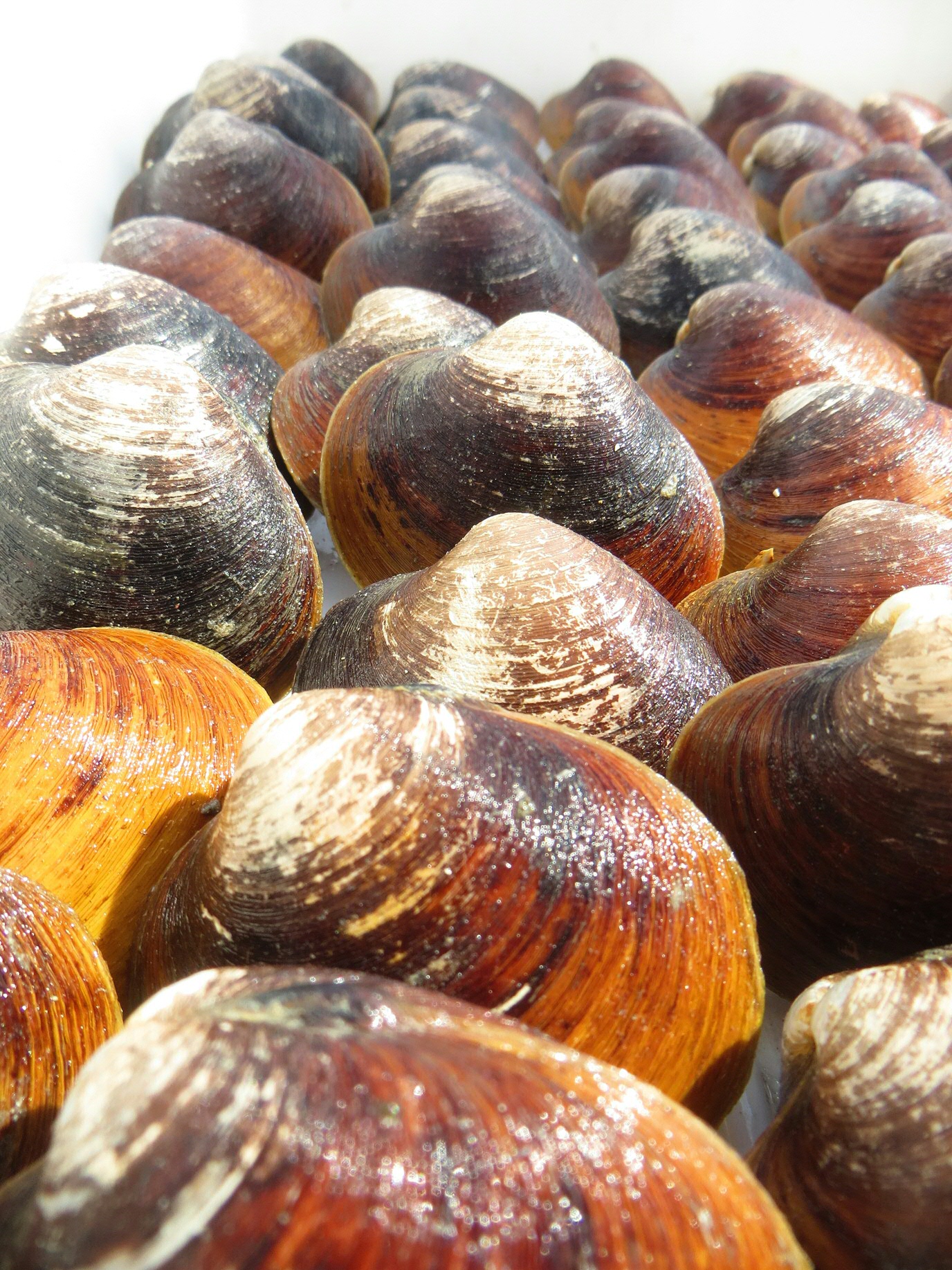
Maar vervelen doen we ons nooit en er valt altijd wat te doen en te assisteren, zoals bij het populatie onderzoek van de Noordkromp (Arctica islandica), een van de langst levende (schelp)dieren die wel zo’n 400 jaar oud kan worden. Om deze oudjes boven water te krijgen wordt gebruik gemaakt van De Schaaf (a.k.a Deep Digging Dredge): een indrukwekkend stalen monster met geschilderde vrouwenoogjes op de voorkant, waarmee een precies oppervlakte van de Noordzeebodem kan worden gesampled. Langzaam wordt ‘Triple-D’ aan dek gehesen. Vol verwachting staan we klaar achter de sorteertafel, onze meetlatten en pincetten in de aanslag. Om een indruk te krijgen van de benthische (bodem) biodiversiteit worden namelijk, afgezien van de Noordkromp, ook alle andere levende beestjes in het sample gesorteerd, gemeten en gewogen onder het genot van de foute top 40. Maar dan ‘Pats!’, een touw dat knapt, een kink in de kabel en 6 ton klei en grind aan dek. Ook Triple-D moet even bijkomen. Desondanks wordt het sample met teamwork als een geoliede machine binnen afzienbare tijd weggewerkt.
Ik verbaas me over de variëteit aan leven dat zich nog tussen het grind bevindt. Naast de wormen en slangsterren vinden we de meest wonderlijke dieren: bordeauxrode zeeveren (soort koralen, red.), inktspuitende ‘zeemuizen’ (wat eigenlijk vermomde borstelwormen zijn) en heremietkreeftjes die een stukje spons boven een schelp als huisje verkozen hebben. Glimlachend kijk ik naar het nog altijd mistige maar spiegelgladde water en kom tot de conclusie: ‘Life is like a Triple-D Dredge, you never know what you gonna get’. Nu alleen nog een walvis in ons plankton-netje.
